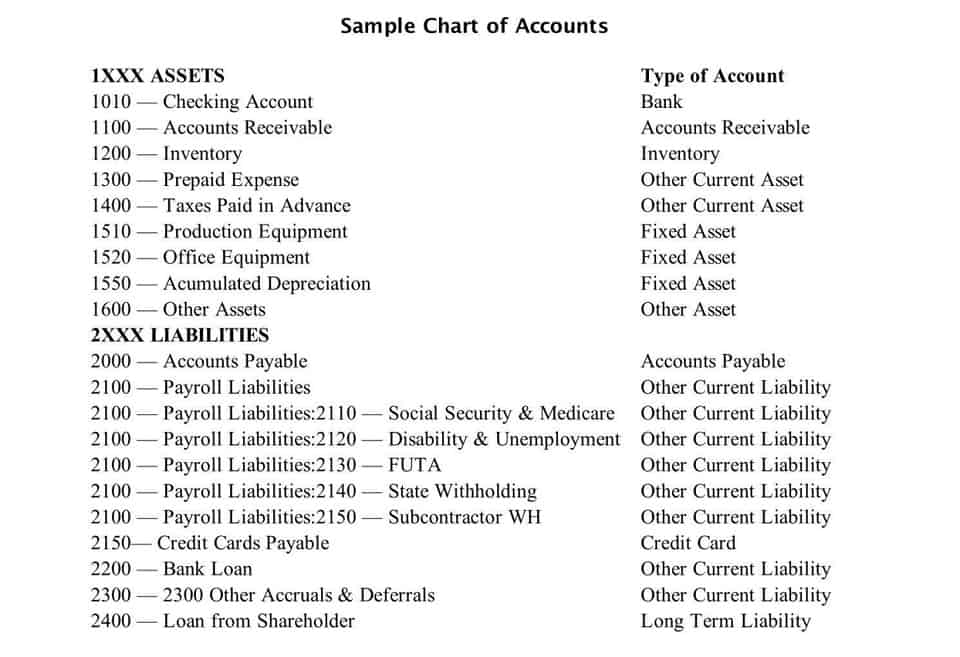
As an example, assume a construction company begins construction in one period but https://www.instagram.com/bookstime_inc does not invoice the customer until the work is complete in six months. The construction company will need to do an adjusting journal entry at the end of each of the months to recognize revenue for 1/6 of the amount that will be invoiced at the six-month point. Uncollected revenue is revenue that is earned during a period but not collected during that period. Such revenues are recorded by making an adjusting entry at the end of the accounting period. Adjusting entries are necessary to adhere to the accrual concept, where transactions are recorded when they occur, not necessarily when cash changes hands.
Ensures accurate expense tracking

Before making adjustments, it is important to understand first what adjustments are and why they are needed. If you don’t have a bookkeeper yet, check out Bench—we’ll pair you with a dedicated bookkeeping team, and give you access to simple software to track your finances. — Paul’s employee works half a pay period, so Paul accrues $500 of wages.
What Is an Adjusting Journal Entry?
- Some examples include interest, and services completedbut a bill has yet to be sent to the customer.
- Suppose in February you hire a contract worker to help you out with your tote bags.
- The adjustments made in journal entries are carried over to the general ledger that flows through to the financial statements.
- For example, accruals for unpaid expenses increase liabilities, providing a more realistic picture of the company’s obligations.
- All such information is provided solely for convenience purposes only and all users thereof should be guided accordingly.
For example, a company performs landscaping services in theamount of $1,500. Atthe period end, the company would record the following adjustingentry. During theyear, it collected retainer fees totaling $48,000 from clients.Retainer fees are money lawyers collect in advance of starting workon a case. When the company collects this money from its clients,it will debit cash and credit unearned fees. Even though not all ofthe $48,000 was probably collected on the same day, we record it asif it was for simplicity’s sake.
Adjusting Journal Entry: Definition, Purpose, Types, and Example

The adjustments in accounting examples salary theemployee earned during the month might not be paid until thefollowing month. For example, the employee is paid for the priormonth’s work on the first of the next month. The financialstatements must remain up to date, so an adjusting entry is neededduring the month to show salaries previously unrecorded and unpaidat the end of the month. Taxes are only paid at certain times during the year, notnecessarily every month. Taxes the company owes during a periodthat are unpaid require adjustment at the end of a period.


You’ll move January’s portion of the prepaid rent from an asset to an expense. Suppose in February you hire a contract worker to help you out with your tote bags. In March, when you pay the invoice, you move the money from accrued expenses to cash, as a withdrawal from your bank account.
- If a company’s stock is publicly traded, earnings per share must appear on the face of the income statement.
- When you make an adjusting entry, you’re making sure the activities of your business are recorded accurately in time.
- This process usually includes adjustments for accrued revenues, accrued expenses, deferred revenues, and prepaid expenses.
- In such a case, the adjusting journal entries are used to reconcile these differences in the timing of payments as well as expenses.
- Adjusting entries in accounting are not just a mere formality but a critical practice for ensuring the accuracy of financial statements.
Also, according to the realization concept, all revenues earned during the current year are recognized as revenue for the current year, regardless of whether cash has been received or not. According to the matching concept, the revenue of the current year must be matched against all the expenses of the current year that were incurred to produce the revenue. If you have a bookkeeper, you don’t need to worry about making your own adjusting entries, or referring to them while preparing financial statements.

The adjustments made in journal entries are carried over to the general ledger that flows through to the financial statements. Sometimes companies collect cash from their customers for goods or services that are to be delivered in some future period. Such receipt of cash is recorded by debiting the cash account and crediting a liability account known as unearned revenue. At the end of the accounting period, the unearned revenue is converted into earned revenue by making an adjusting entry for the value of goods or services provided during the period. The purpose of adjusting entries is to assign an appropriate portion of revenue and expenses to the appropriate accounting period.
- The way you record depreciation on the books depends heavily on which depreciation method you use.
- The company’s accountant needs to take care of this adjusting transaction before closing the accounting records for 2018.
- Adjusting entries, also called adjusting journal entries, are journal entries made at the end of a period to correct accounts before the financial statements are prepared.
- Here are the main financial transactions that adjusting journal entries are used to record at the end of a period.
- If the revenues come from a secondary activity, they are considered to be nonoperating revenues.
- They can, however, be made at the end of a quarter, a month, or even at the end of a day, depending on the accounting procedures and the nature of business carried on by the company.
- First, during February, when you produce the bags and invoice the client, you record the anticipated income.
- The accrual accounting convention demands that the right to receive cash and the obligation to pay cash must be accounted for.
- Therefore, the entries made that at the end of the accounting year to update and correct the accounting records are called adjusting entries.
- Interest Receivable increases (debit) for $1,250 becauseinterest has not yet been paid.
- Adjusting journal entries are crucial for ensuring the accuracy and reliability of financial statements.
- At the end of each accounting period, businesses need to make adjusting entries.
- Since the expense was incurred in December, it must be recorded in December regardless of whether it was paid or not.
Under the accrual basis of accounting, revenues are recorded at the time of delivering the service or the merchandise, even if cash is not received at the time of delivery. Our Explanation of Adjusting Entries gives you a process and an understanding of how to make the adjusting entries in order to have an accurate balance sheet and income statement. Eight examples including T-accounts for the 16 related general ledger accounts provide makes this topic easier to master. Companies that use accrual accounting and find themselves in a position where one accounting period transitions to the next must see if any open https://www.bookstime.com/articles/growthforce transactions exist. The purpose of adjusting entries is to convert cash transactions into the accrual accounting method. Accrual accounting is based on the revenue recognition principle that seeks to recognize revenue in the period when it was earned, rather than the period when cash is received.
Recent Comments